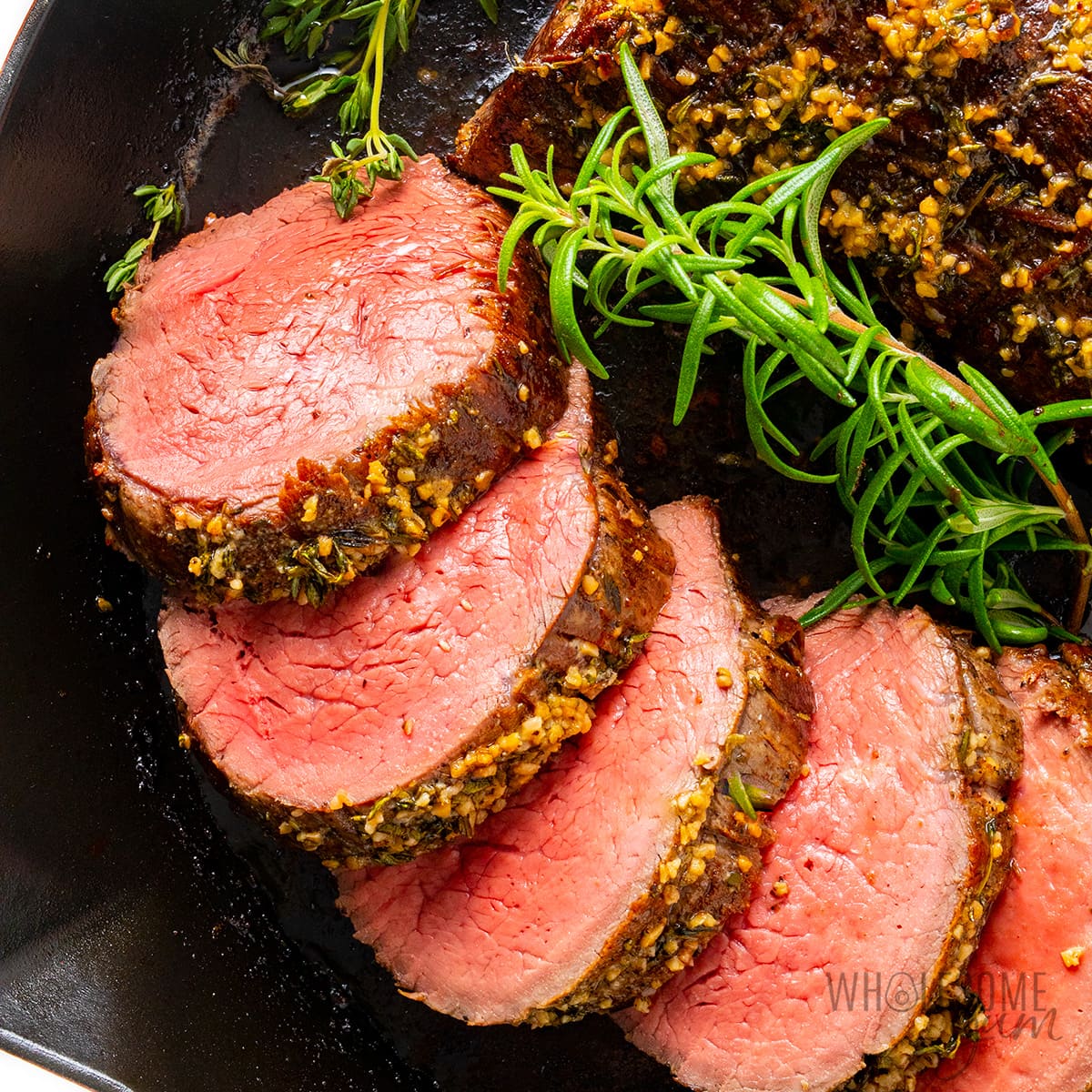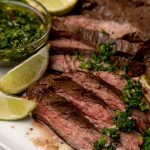Cooking beef tenderloin is an art, requiring precision and technique to achieve a melt-in-your-mouth texture and rich flavors. In this article, we delve into the world of cooking beef tenderloin, discussing its tenderness and taste, exploring different cooking methods, highlighting considerations for selecting and preparing the cut, providing step-by-step instructions, offering helpful tips and tricks, and celebrating the culinary delight that a perfectly cooked beef tenderloin brings to the table.

I. The Attributes of Beef Tenderloin
1.1 Unparalleled Tenderness:
Beef tenderloin stands out as the epitome of tenderness among various cuts of beef. Its exceptional tenderness comes from the fact that it is a muscle that is rarely used by the animal. The lack of extensive connective tissue and less marbling allows for a buttery and melt-in-your-mouth texture. When cooked properly, the tenderloin practically dissolves in your mouth, providing a remarkable dining experience.
1.2 A Feast of Flavors:
While beef tenderloin is renowned for its tenderness, it also offers a delightful flavor profile. This cut possesses a subtle, almost delicate taste that allows the true essence of the beef to shine. However, this mild flavor can be easily enhanced with a variety of seasonings and cooking techniques. From simple salt and pepper to more elaborate coffee rubs or herb-infused marinades, the flavor possibilities are endless. This versatility allows chefs and home cooks to explore and experiment with different combinations, making beef tenderloin a true feast for the taste buds.
By understanding the unparalleled tenderness and delightful flavor profile of beef tenderloin, cooks can begin to unlock its tremendous potential in creating mouthwatering dishes. Whether it’s for a special occasion or an everyday indulgence, the attributes of beef tenderloin make it a highly sought-after cut in the culinary world.
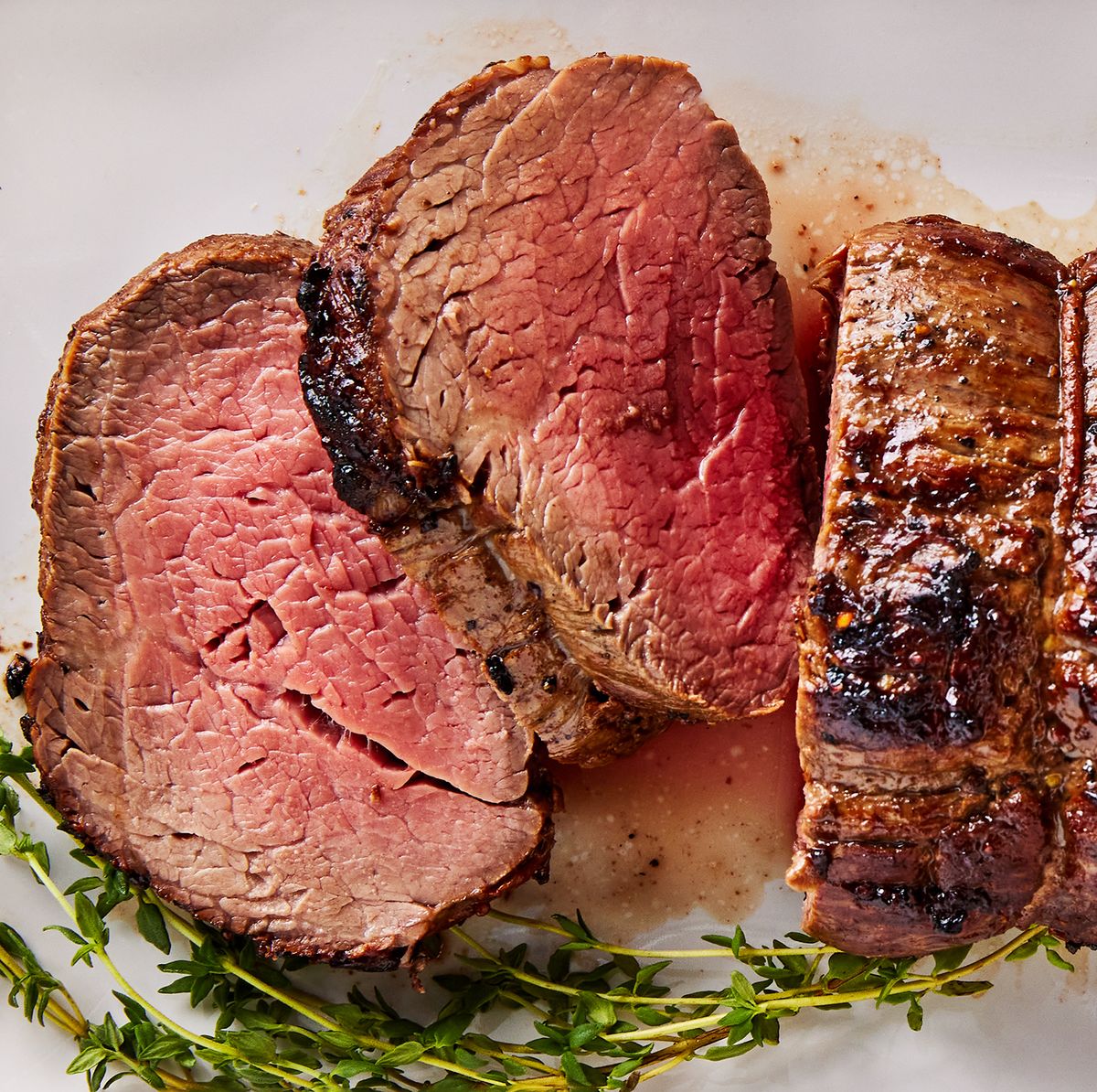
II. Different Cooking Methods for Beef Tenderloin
2.1 Roasting for Uncompromising Juiciness
Roasting is a popular and foolproof method for cooking beef tenderloin. This technique involves cooking the meat in a preheated oven at a moderate to high temperature. Roasting allows the tenderloin to cook evenly while sealing in the juices, resulting in a moist and succulent center with a flavorful crust.
2.2 Searing for a Flavorful Crust
Searing beef tenderloin before roasting can add depth of flavor and enhance its visual appeal. This method involves quickly searing the meat on high heat, locking in the juices and creating a crispy exterior. After searing, the tenderloin is finished in the oven to achieve the desired internal temperature.
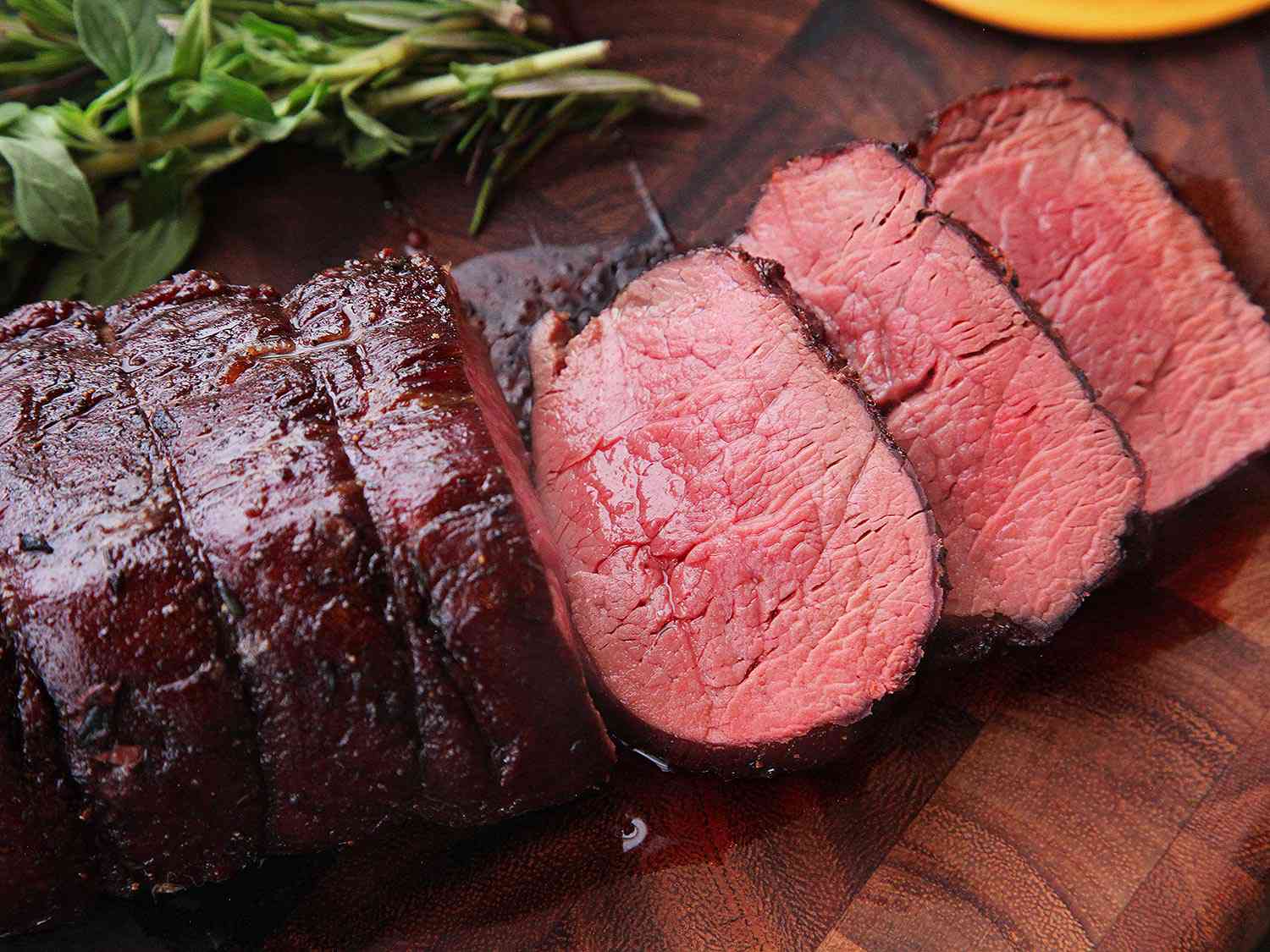
III. Selecting and Preparing Beef Tenderloin
3.1 Choosing the Right Cut
When selecting beef tenderloin, look for well-marbled cuts with a bright red color. The quality of the beef will directly influence the final result of your dish. Consider purchasing whole tenderloin and trimming it yourself to ensure maximum freshness and control over portion sizes.
3.2 Preparing the Meat
Proper preparation is crucial to ensure the best flavor and texture for your beef tenderloin. Trim any excess fat and silver skin from the meat before cooking. Consider tying the tenderloin with butcher’s twine to help it maintain its shape and cook more evenly. Season the meat generously with salt and pepper or your preferred spices, allowing it to marinate for at least 30 minutes to infuse the flavors.

IV. Step-by-Step Instructions for Cooking Beef Tenderloin
4.1 Preheating the Oven
To achieve optimal results, start by preheating your oven to the desired temperature. This will ensure consistent heat distribution and accurate cooking times.
4.2 Searing the Tenderloin
If you choose to sear the tenderloin before roasting, heat a skillet or a cast-iron pan over high heat. Add a small amount of oil and sear the meat on all sides until a golden crust forms. This step adds complexity to the flavors and improves the visual appeal of the final dish.
4.3 Roasting to Perfection
Once the tenderloin is seared, transfer it to a roasting pan or a baking sheet and place it in the preheated oven. The cooking time will depend on the thickness of the tenderloin and desired level of doneness. Use a meat thermometer to monitor the internal temperature and remove the tenderloin from the oven when it reaches your desired level, knowing that it will continue to cook as it rests.
V. Tips and Tricks for Cooking Beef Tenderloin
5.1 Resting for Maximum Juiciness
Resting beef tenderloin is a crucial step in achieving maximum juiciness and tenderness. After removing the tenderloin from the oven, transfer it to a cutting board and let it rest for at least 10 minutes before slicing. Resting allows the juices that have been brought to the surface during cooking to redistribute throughout the meat, resulting in a more succulent and flavorful final product.
During the cooking process, the heat causes the juices to move towards the center of the meat. Resting allows these juices to evenly distribute, ensuring that each bite is moist and tender. If the tenderloin is sliced immediately after cooking, the juices will spill out, leaving the meat dry and less enjoyable.
To rest the beef tenderloin, loosely tent it with aluminum foil to keep it warm while allowing excess steam to escape. This resting period also allows the internal temperature of the meat to equalize, ensuring that it is cooked to perfection from edge to center.
Remember, patience is key during this stage. While it may be tempting to slice into the tenderloin immediately, allowing it to rest will greatly enhance the overall eating experience. The result will be a succulent, juicy, and incredibly delicious beef tenderloin that will impress and satisfy whoever has the pleasure of tasting it.
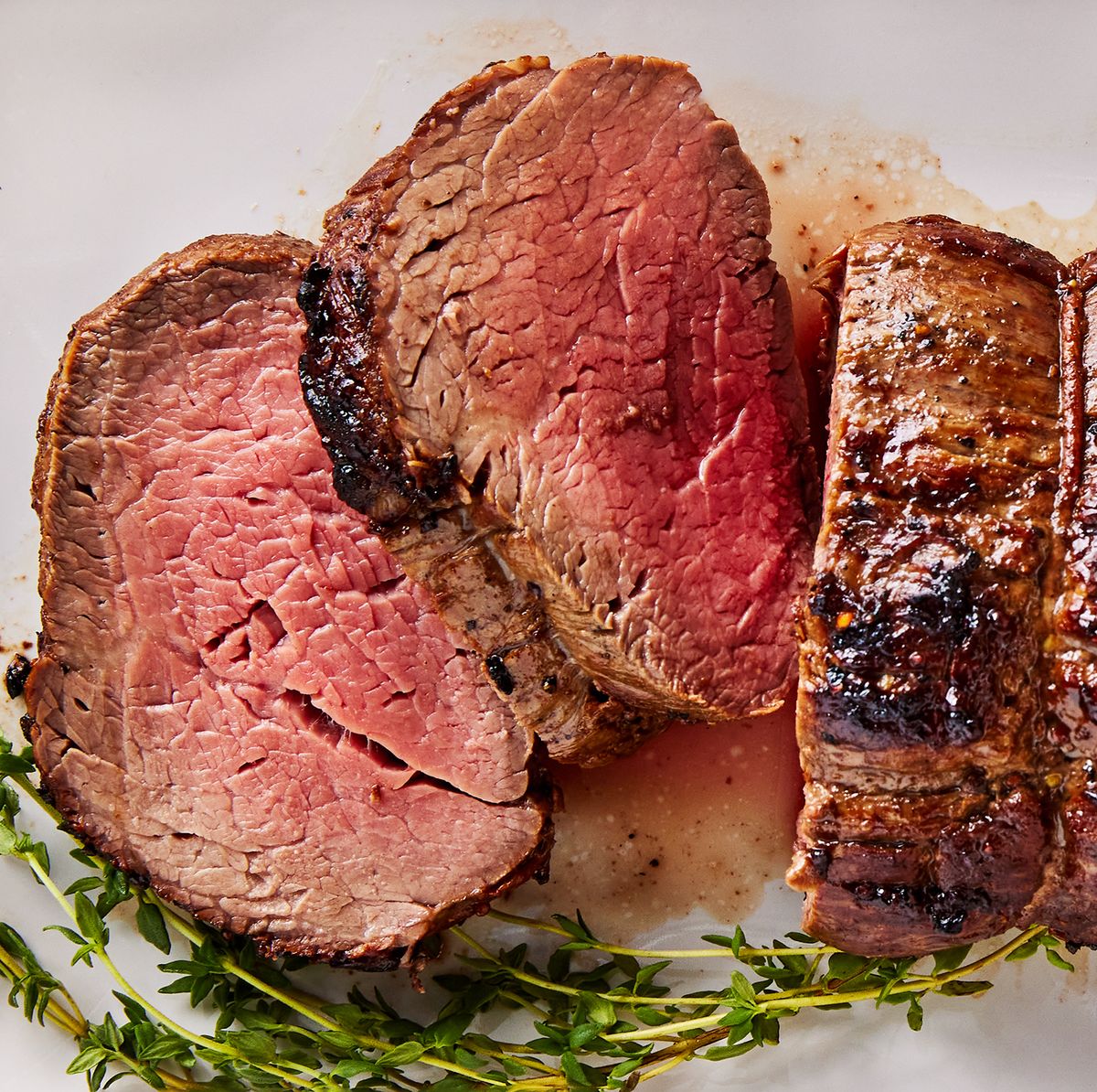
5.2 Perfect Pairings and Accompaniments
Consider pairing beef tenderloin with complementary flavors and side dishes. Classic accompaniments include red wine sauce, mushroom sauce, or horseradish cream. Additionally, consider serving roasted vegetables, mashed potatoes, or a fresh green salad to complement the richness of the meat.
VI. Celebrating the Culinary Delight of Beef Tenderloin
6.1 A Gourmet Sensation
Beef tenderloin is a culinary delight, offering an exceptional dining experience for both casual gatherings and special occasions. Its tender texture, delicate flavor, and versatility make it a gourmet sensation that is sure to impress guests and satisfy even the most discerning palates.
6.2 Mastering the Art of Cooking Beef Tenderloin
Mastering the art of cooking beef tenderloin is a rewarding endeavor that allows you to create unforgettable meals and showcase your culinary skills. With the right techniques, preparation, and attention to detail, you can achieve a perfectly cooked beef tenderloin that will undoubtedly become the centerpiece of any dining occasion.
In conclusion, cooking beef tenderloin is a culinary art that rewards patience, care, and precision. The tenderness and flavors of beef tenderloin make it a perfect choice for creating memorable dining experiences. By understanding its attributes, exploring different cooking methods, and following essential steps and tips, you can create a mouthwatering beef tenderloin dish that delights your taste buds and impresses your guests with its tender texture and incredible taste.
